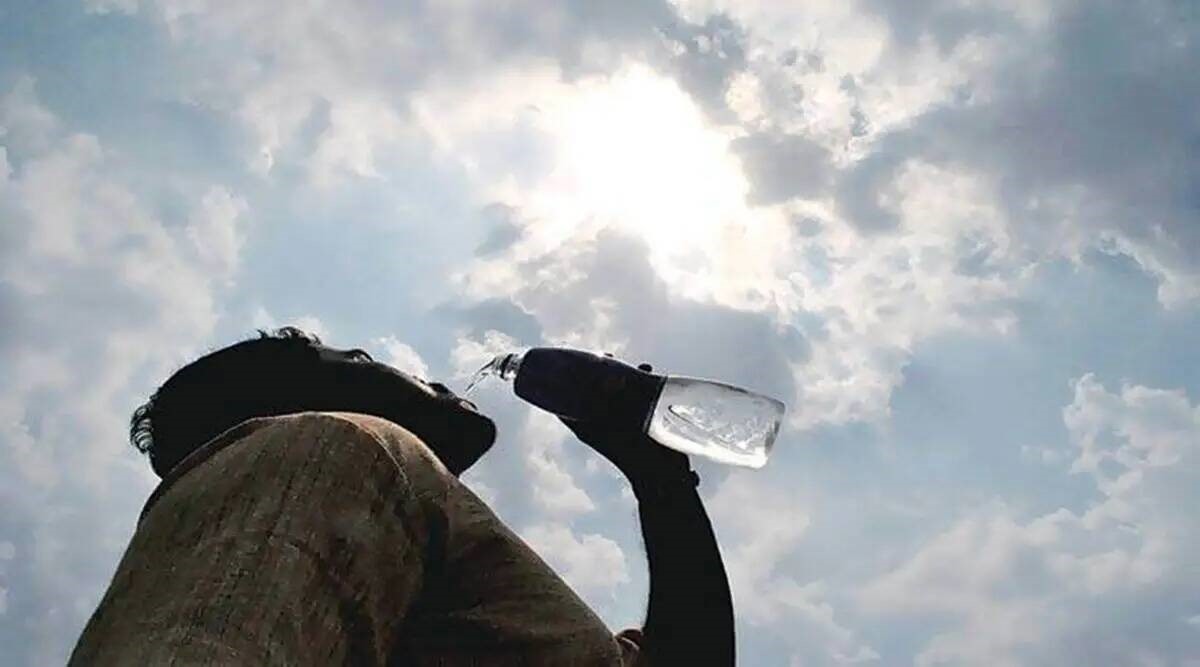





Copyright infringement not intended
Picture Courtesy: https://www.thehindu.com/sci-tech/science/scientists-found-a-bacteria-tricked-a-wasp-to-get-rid-of-its-males/article68403072.ece
Context: A recent study indicates how Wolbachia bacteria manage Encarsia formosa wasps, providing insights into evolutionary dynamics and pest control applications.
Details
About Wolbachia Bacteria
|
Wolbachia-induced reproductive changes can lead to speciation in hosts, influencing sex ratios and sexual selection patterns. This includes cases where Wolbachia-induced feminization led to loss of female-determining chromosomes in populations. |

Host Interactions
Wolbachia infects a wide range of arthropods, with significant impacts on host reproduction:
|
Benefits to Hosts |
●Wolbachia provides benefits to hosts such as viral resistance (e.g., against dengue and chikungunya viruses in mosquitoes), increased fecundity, and metabolic support (e.g., iron metabolism in Drosophila). |
|
Transmission and Spread |
●Transmission occurs vertically (from parent to offspring) and horizontally through host interactions (e.g., parasitoid relationships, shared food sources). ●Wolbachia can survive and proliferate in new hosts, often utilizing host immune evasion mechanisms. |
|
Genomics and Horizontal Gene Transfer |
●Genome sequencing has revealed insights into Wolbachia's evolution and adaptation. ●Horizontal gene transfer between Wolbachia strains and their hosts can impact host genetic diversity and evolutionary trajectories. |
|
Applications |
●Wolbachia is used in biological control strategies to reduce disease transmission by insects like mosquitoes. ●Strains-induced cytoplasmic incompatibility can be harnessed to reduce populations of disease vectors effectively. |

Study Findings
|
Manipulation of Reproduction |
●The study by researchers from Shenyang Agricultural University (SAU), China, published in Current Biology, reveals that Wolbachia bacteria have manipulated E. formosa wasps to eliminate males. In the wild, these wasps almost never produce males naturally. |
|
Biological Pest Control |
●E. formosa wasps are crucial for biological pest control, particularly targeting whiteflies, which are agricultural pests. Female wasps parasitize whitefly nymphs by laying eggs on them, leading to the destruction of the nymphs as the wasp larvae develop. |
|
Role of Wolbachia |
●Wolbachia in E. formosa manipulates the wasp’s reproduction to ensure the production of females. Normally, unfertilized eggs develop into males due to haplo-diploid sex determination in hymenopterans (ants, bees, wasps). However, Wolbachia induce these eggs to develop into females instead, thereby ensuring the perpetuation of the bacteria. |
|
Effect of Antibiotic Treatment |
●When female E. formosa wasps were treated with antibiotics like tetracycline, which reduces Wolbachia levels, a significant proportion (about 70%) of the offspring were males. This demonstrates that Wolbachia's presence is crucial for female-biased reproduction in these wasps. |
|
Horizontal Gene Transfer |
●One of the striking findings was that Wolbachia bacteria in E. formosa possessed a functional version of the tra gene, which is crucial for female development in insects. This tra gene was acquired through horizontal gene transfer from a distantly related insect, specifically from the coleoptera order (which includes beetles). |
|
Implications for Species Survival |
●The absence of males in E. formosa populations poses risks to the species. In the laboratory conditions of the study, the males produced after antibiotic treatment did not mate with females, potentially due to long-term absence or functional changes. This lack of mating ability could lead to reduced genetic diversity and, ultimately, threaten the species' survival. |
|
Evolutionary Dynamics |
●The study raises questions about the long-term evolutionary strategy of Wolbachia. While ensuring female-biased reproduction is beneficial for the bacteria’s transmission, the complete elimination of males could lead to genetic bottlenecks and increased vulnerability to extinction. |
Conclusion
Source:
|
PRACTICE QUESTION Q. How many of the following species are known to be naturally infected by Wolbachia? 1. Drosophila melanogaster 2. Aedes aegypti 3. Anopheles gambiae 4. Caenorhabditis elegans 5. Glossina morsitans Select the correct answer using the codes given below: A) Only one B) Only two C) Only three D) All four Answer: C |







© 2025 iasgyan. All right reserved